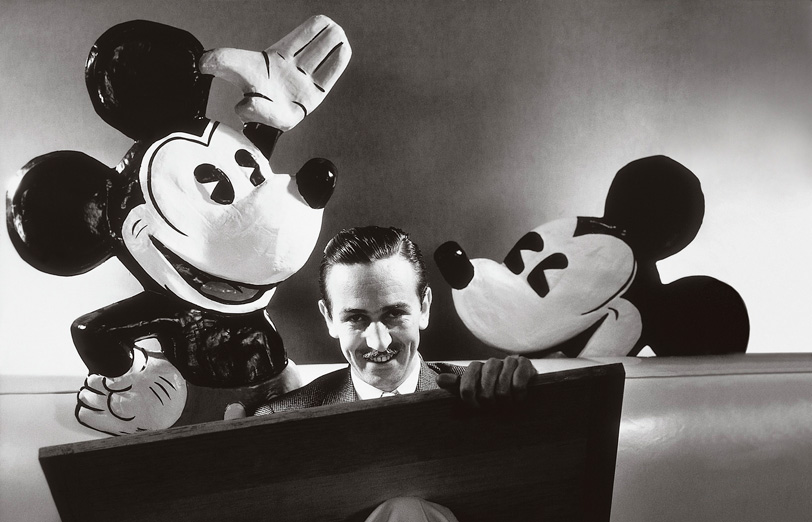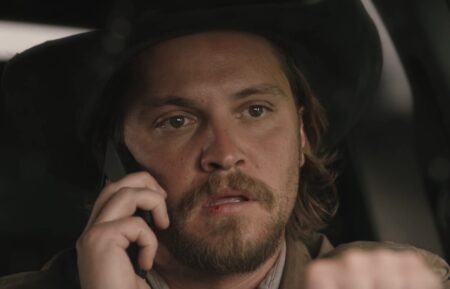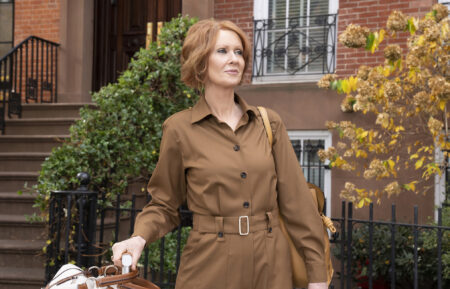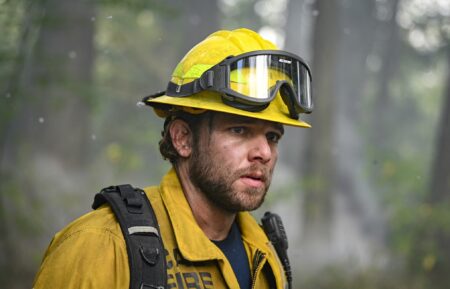What’s Worth Watching: ‘American Experience’s Walt Disney profile on PBS for Monday, September 14

American Experience, “Walt Disney” (Monday-Tuesday, Sept. 14-15, 9/8c, PBS)
Like the global brand that carries his name, Walt Disney was larger than life. He inspired a studio of artists to painstakingly produce animated masterpieces that still endure, while blazing trails in marketing his iconic creations—Mickey Mouse, all types of idealized princesses, and ultimately the family destination of Disneyland and its offshoots—with such success that any life story of Disney also becomes a study of art and commerce.
So it is with Walt Disney, a tremendous two-night American Experience biography that takes a critical yet ultimately admiring look at the psychology and vision of this driven-to-succeed mogul. The first half has the feel of a Horatio Alger fable, as Disney rises from poverty and a childhood of deprivation to build an empire based on an idyllic view of American achievement, embodied by the scrappy instant sensation of Mickey Mouse. One Disney expert imagines his motivations thusly: “I yearn for the things I didn’t get as a child.”
Disney had higher artistic aims than boisterous cartoon shorts, and when he turned to adapting European fairy tales like Snow White and the Seven Dwarves and Pinocchio into a bold, financially risky new style of lavish long-form animated filmmaking, the results were revolutionary. The sequence detailing the making of Snow White is among the documentary’s most successful, and moving. Going way over budget and schedule to satisfy Disney’s perfectionist streak, Snow White would live or die on its most essential challenge, as described by biographer Neal Gabler: “Can you make people cry over a drawing?” Snow White answered that question with a resounding yes.
But as Snow White‘s success spurred Disney to ramp up production, squandering a fortune on follies like the classical-music extravaganza Fantasia, his gruff management style and unequal labor practices led to a cartoonists’ strike in 1941. It left renowned family man “Uncle Walt” overseeing a broken Utopia, hardening him in the years to come. “I have a case of the DD’s,” he wrote: “Disillusionment and discouragement.”
The second night presents Disney as a more remote leader but a more visible figurehead, including quite famously on TV, which gets somewhat short shrift here (especially the Mickey Mouse Club phenomenon). He is seen as a tough boss more obsessed with toy trains and developing the playground of Disneyland, as critics began to savage the Disney brand as old-fashioned and corny. “I like corn. I love corn! That’s what I’m all about,” he would say in the 1960s, when he produces his last great success, 1964’s Mary Poppins, which finally earned him the best-picture Oscar nomination (and a win for star Julie Andrews) he had coveted for so long.
“No one is untouched by Walt Disney,” concludes cultural historian Carmenita Higginbotham as the film chronicles his final days, when he died of lung cancer in 1966 at age 65, with many more dreams (including EPCOT) yet to be realized. If his initial desire, as film critic Richard Schickel believes, was to “make a name for himself,” then Walt Disney succeeded beyond anyone’s greatest expectations.







